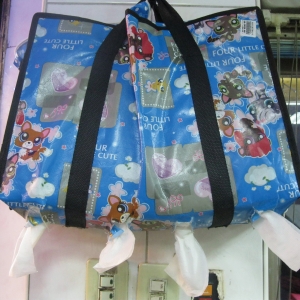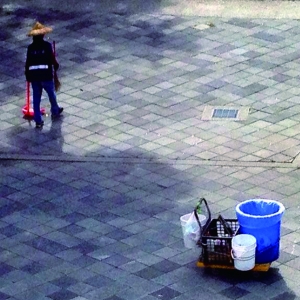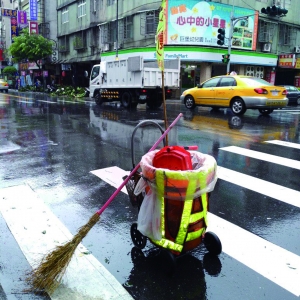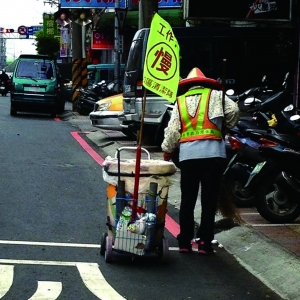台灣設計師週總召集人
Executive Director of Taiwan Designers' Week
Article of famous designers
台灣設計師週總召集人
Executive Director of Taiwan Designers' Week
“Design” can either be a verb or a noun. This sort of undertaking does not belong solely to the design practitioners. Design is an innate ability, which had already existed before this particular nomenclature system or specialized domain was established, and had come about gradually through an array of creative works and operations. Looking back at the history of human civilization, “design” can also be seen as a testimony of how human race has tackled the challenges at hand. Take product design for example: the most embryonic form of such design can be traced back to the ancient times. Those handmade stone spears and axes were the most cutting-edge and refined designs during that epoch. To make such primitive tools with our own hands today will undoubtedly be a daunting task. Besides, with a myriad of ancient tools unearthed around the world, one will be amazed to see how far and widely our ancestors had traveled across the continents. When analyzing all the objects from around the globe, we can find commonalities in their designs, equivalent to today’s design protocols. With no sophisticated communication channel then, one may wonder how could this type of design process be passed down by different peoples while being repetitively adopted for generations. We can conclude that ever since design came into being and started flourishing, our needs and problems have been realizing its potential. In other words, when there is a need, be it a trivial or a major problem (at present or in store for the future), “design” will always be there.
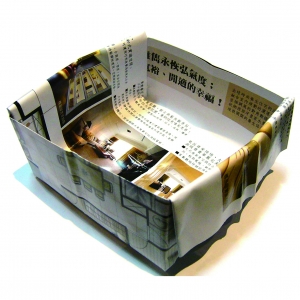
As we progress in life, so does the complexity of the challenges we face. We have come to expect more when it comes to a convenient and comfortable life. “Design” no longer just serves as a profession preaching visual aesthetics and committed to creative practices. “Design” all in all has become more of a certain mindset encompassing a specific system and procedure. Its specialization has got unfathomably complicated. To put it another way, “design” nowadays has reached a new zenith and accrued revenues. For most people, “design” has transitioned from being a capacity everyone has to some relationship everyone aspires for. On the whole, to satisfy our mundane needs, we have become more dependent on the designers and product developers while waiting for them to produce new products. We now only care about the “right” or “value” pertinent to the designs we opt for. Most of us have seen our preexisting “thinking ability” and “designing capacity” wane or become dormant. To top it all, since our design process has got more specialized and segmented, and since the specialization has branched out to more diversified and detailed domains, design practitioners now merely focus on the things within the scope of their duties. Their visions or mindsets have usually been confined. To make ingenious designs possible, a professional designer must break free from all kinds of “limitation,” paying more attention to the human race per se, societal evolution and physical beings. In the world today and the future, the social landscape and lifestyle will be shaped decisively by our needs and habits. When interdisciplinary cooperation gets more frequent and intertwined, designers shall think and proactively implement their projects with a more systematic perspective. This will explain why many designs are great success: their designers do not simply focus on “design” per se; rather, they have better grasp of their own starting points, processes, interpersonal relationship and even marketing strategies. In addition, this can also echo why I start elaborating on the infinite and boundless design mindset in the first paragraph. From time to time, I have been telling myself that when a designer starts to probe deeper into a more specialized realm, he should never be chained by the seemingly immense wealth of possibilities.
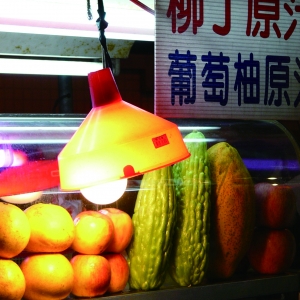
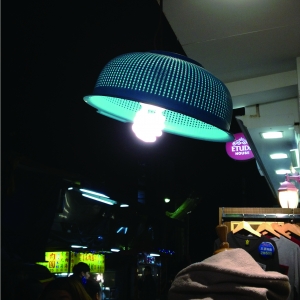
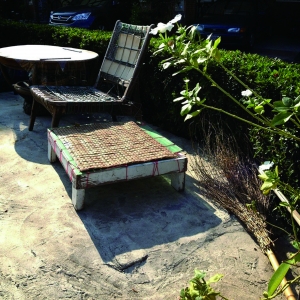
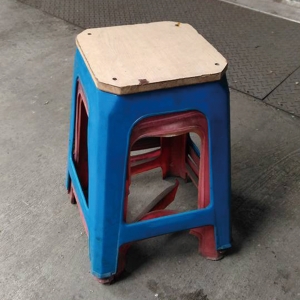
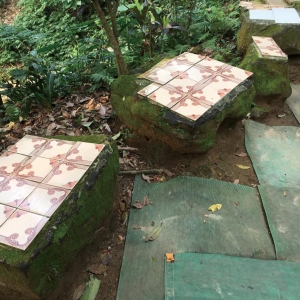
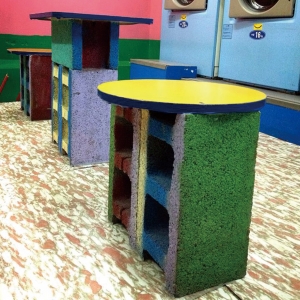
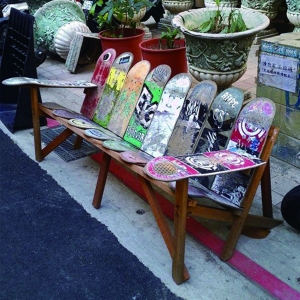
Through repeated experimentation, learning and experience acquisition, everyone has his own way of crystalizing the “design” concept. With the ongoing evolution of the world, environment, science and technologies, “design” has become more complicated, yet this specialized domain of knowledge has got more open. Recently, “design” has become a buzz word. In addition to the well-established fields, “design” is becoming more ubiquitous in various innovative subjects, evolutionary or revolutionary processes. Design no longer solely refers to the physical visual entities; service design, social design, food design, care design, universal design, user design, experience design, design thinking and so on have all mushroomed in a tangible manner. Without a doubt, everything and domain have something to do with design. Everyone can be a designer. However, while everyone can be a designer, it does not necessarily mean that the world does not need professional designers anymore. Rather, a professional designer should be someone who knows more about our needs. Equipped with more polished skills, broader knowledge and substantial hands-on experience along with the assistance of our industrial ecosystem, he should be able to come up with the best and most optimal design. We are facing insurmountable challenges. We have got to pass on the past experiences, to design for the opportunities at present, and most importantly to design for the foreseeable future. A modern designer should know how to adeptly respond to the ever-changing future. He should be broad-minded so as to wholeheartedly and avidly absorb different domains of knowledge. Having this kind of talents will enable us to establish a cornerstone, upon which different design concepts can better develop and we can have a better understanding of the future design landscape.
